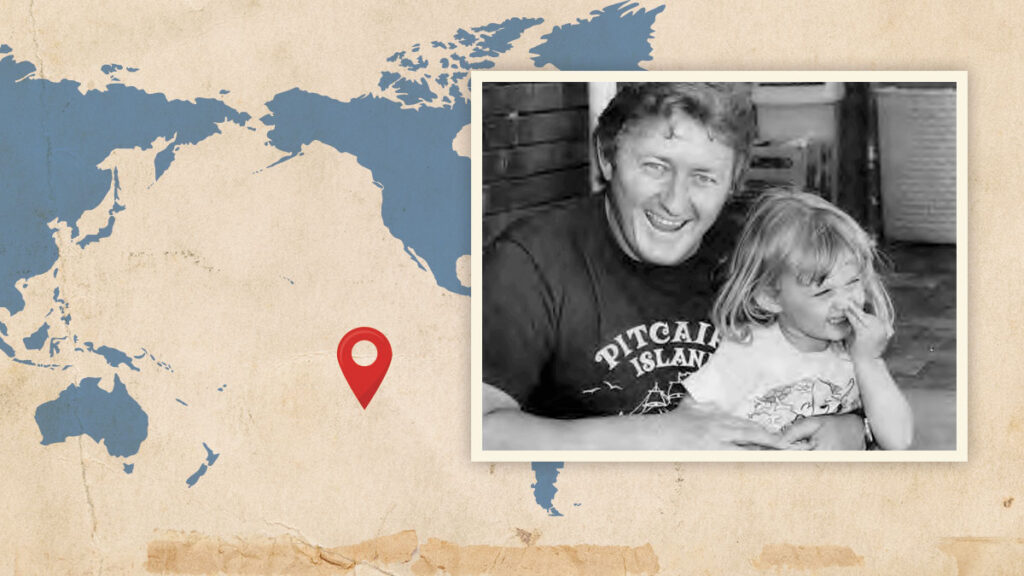A rare find is a fascination for Bible scholars and among its many words, the New Testament has a number of rare finds. Some of these are words that appear only once like βάσεις (baseis), found in the story of the temple healing of the lame man in Acts 3:1-10. This word (v7) translates from Greek as nothing more elevated than “feet”.
Despite their usefulness, feet are held in low regard by the cultures of east and west alike. So why should a pair of feet be at the centre of the inaugural miracle of the Christian church? Since the common word for feet in Acts is πόδες (podas), why does Luke use this rare word (baseis) to define them in this instance?
Luke’s richest resource for writing his two volume contribution to the New Testament was the Greek translation of the Old Testament—the Septuagint. The majority of references to βάσις (foot) in the Septuagint involve either the tabernacle of the exodus or Solomon’s temple. In either case it can mean the base or stand on which an object sits or the foot or lowest point of a structure in relationship to the ground.
Bases (βάσεις) of silver (Exodus 26:19,32) and bronze (Exodus 26:37 cf 27:10) supported the pillars erected throughout the tabernacle while both the altar of sacrifice (Exodus 29:12) and the laver (Exodus 30:18 cf v28 and 31:9) sat on bronze bases (βάσεις). When Moses consecrated Aaron, his sons and the tabernacle itself to the service of God, he specifically included the bases (Lev. 8:11, 15).
Centuries later, King Solomon made a bronze base (βάσις) on which he knelt before God to dedicate the new temple (2 Chronicles 6:13). Significantly, the bronze pillars of the temple with their bases (βάσεις) (Jeremiah 52:17) were ultimately crushed by the Chaldeans and carried away as scrap metal to Babylon.
In Acts 3 the lame man sat on the ground in the courtyard of the second temple. Like the pillars of Solomon’s ruined temple, cast down with their crushed bases (βάσεις), he was put down on the pavement with his disabled feet (βάσεις). Finding him there like a fallen pillar, Peter and John raised him up and restored his ruined βάσεις (feet). This miracle, performed within the precincts of the temple, marked the beginning of the restoration of Israel in the Messianic age.
This healing introduced a new Israel with a spiritual temple comprised of believers in Jesus. The power of the Holy Spirit, not human hands, would build this temple—and the first miracle performed by Peter and John symbolised this fact.
Beyond the miracle of Acts 3, the New Testament continues to describe the nature of this spiritual temple (1 Corinthians 3:16, 17; 2 Corinthians 6:16; Ephesians 2:19-22). Jesus Himself confirmed that its pillars, presumably with their βάσεις (bases), would be His people: “I will make the one who overcomes a pillar in the temple of my God and they will never again leave it” (Revelation 3:12).
Thus the destruction of Solomon’s temple, personified in the condition of the lame man of Acts 3, was reversed through his restoration.
Clearly, there is particular continuity in this temple-transition from its Old Testament form to its New Testament reality that provided Luke with a reason to use the word βάσεις for feet. Perhaps this helps answer the question as to why Luke chose to use a rare word for feet in Acts 3:7 and why the healing of lame feet was so significant in the birth of the Christian church.
Dr Carole Ferch-Johnson is a conjoint senior lecturer at the Avondale University College seminary.







